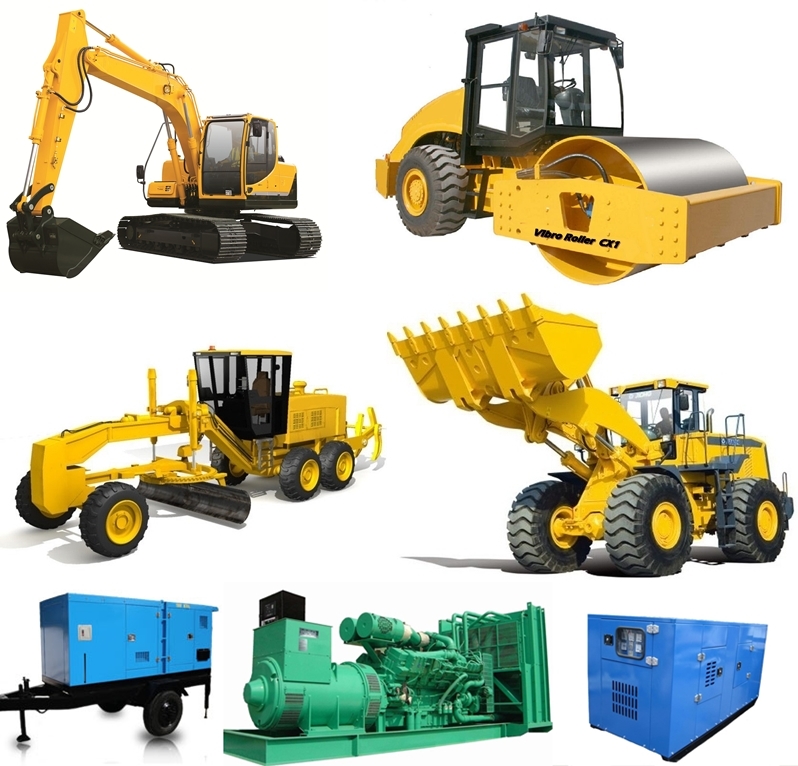Maximize Your Budget by Comprehending the Costs Connected With Construction Tools Services
Comprehending the full extent of prices connected with building and construction devices leasings is essential for optimizing your spending plan. While the initial rental fee might seem straightforward, countless extra expenses-- such as transportation, gas surcharges, and upkeep-- can swiftly build up, influencing your economic planning. Being aware of various fees and the intricacies of rental contracts can help prevent unexpected economic concerns. What approaches can be utilized to properly manage these expenses and guarantee an extra efficient rental experience?
Introduction of Rental Costs
When taking into consideration building devices rentals, recognizing the associated prices is critical for effective budgeting and task planning. Rental prices can vary significantly based upon several factors, including tools kind, duration of leasing, and location. The first rental charge frequently mirrors the devices's market demand and its connected functional capabilities, influencing the total expense.
In enhancement to the base rental rate, supplementary prices may develop, such as transportation costs, fuel surcharges, and upkeep charges. It is necessary to represent these additional expenses to precisely analyze the total expense of renting tools. The rental period can affect rates; longer rentals may qualify for reduced rates, while temporary services could sustain greater day-to-day charges.

Failure of Rental Rates
An extensive understanding of rental rates is essential for professionals and project managers aiming to maximize their spending plans. Rental rates for building equipment generally consist of numerous parts, consisting of base prices, time-based costs, and use charges.
Base rates are the core costs related to the rental of the equipment, often determined by the kind and size of the machinery. These prices can differ dramatically, affected by elements such as equipment need, accessibility, and local market fads. Time-based fees, which may be daily, weekly, or monthly, offer to fit various project timelines and rental periods.
Furthermore, rental rates might include use charges, which apply when tools is utilized past a specified limit, making sure that the rental firm can represent wear and tear. Seasonal need changes can additionally impact rental prices, with peak building seasons normally commanding greater prices.
In addition, understanding the rental firm's policies pertaining to maintenance and insurance policy can provide more understanding into the total cost framework. By analyzing these elements, professionals can make informed decisions, making certain the choice of rental tools aligns with both job needs and spending plan restrictions.
Additional Fees to Think About
Understanding the ins and outs of added costs is vital for specialists to handle their general service expenditures effectively. Beyond the basic rental rates, various supplemental costs can dramatically influence the total cost of equipment leasing. These fees typically include shipment and pickup charges, which can differ based upon range and logistics included in delivering the devices to and from the task site.
Moreover, some rental business may impose fuel additional charges if the tools is returned with much less gas than when leased. It is likewise vital to know potential cleaning charges, particularly for my response specialized tools that calls for complete upkeep after use.

Extensively assessing the rental contract and clarifying these added charges upfront can aid service providers prevent unexpected prices and make sure that budgets continue to be intact throughout the task lifecycle.
Maintenance and Fixing Expenditures
Routine repair and maintenance expenses are commonly overlooked aspects that can substantially influence the overall cost of building and construction equipment services. When renting tools, it is important to take into consideration not only the rental costs but additionally the prospective prices associated with keeping the equipment in optimal operating condition.
Many rental business consist of basic maintenance as component of the rental arrangement; however, more unanticipated breakdowns or substantial fixings can bring about added expenses. It's crucial to evaluate the rental agreement carefully to understand what maintenance solutions are covered and what responsibilities fall on the renter.
Moreover, devices that is not well-kept can bring about inadequacies on the job site, possibly boosting and creating hold-ups job costs. To mitigate these risks, it is advisable to conduct routine examinations and maintain open communication with the rental company pertaining to any kind of problems that emerge throughout usage.
Insurance Coverage and Obligation Expenses
Insurance coverage and obligation prices are critical components that can dramatically influence the total cost of building equipment rentals (rental company near me). These expenses guarantee that both the rental company and the client are protected from possible economic losses occurring from accidents, damages, or theft during the rental duration

In addition, clients need to recognize any kind of deductibles or exclusions in the insurance plan, as these can impact prospective out-of-pocket expenses. Comprehending the terms and conditions of any type of insurance policy coverage is crucial to prevent unexpected view website expenses. Inevitably, budgeting for insurance and obligation expenditures can help make sure a smoother rental experience and shield against monetary threats associated with building tasks.
Conclusion
In final thought, a detailed understanding of the expenses connected with building equipment rentals is essential for reliable budget plan management. Eventually, notified decision-making concerning equipment rentals adds to the total success of building ventures.
Rental costs can differ substantially based on several factors, consisting of devices type, period of leasing, and location (boom lift rental). The rental duration can influence prices; longer rentals might qualify for affordable rates, while temporary leasings might sustain higher day-to-day fees
By conducting detailed research study and engaging with reputable rental firms, professionals can effectively browse the intricacies of rental prices, ultimately optimizing their financial sources.
Past the conventional rental rates, numerous extra charges can substantially impact the overall price of equipment leasing. Rental companies usually offer responsibility insurance that covers injuries to third events or damages to building, while equipment damages insurance policy can cover the cost of repair services like it or substitute if the rented devices is harmed.
Comments on “Mini Excavator Rental: Compact Machines for Tight Spaces”